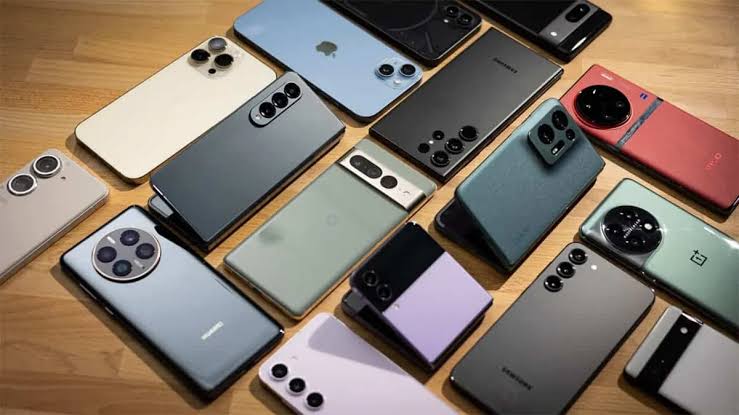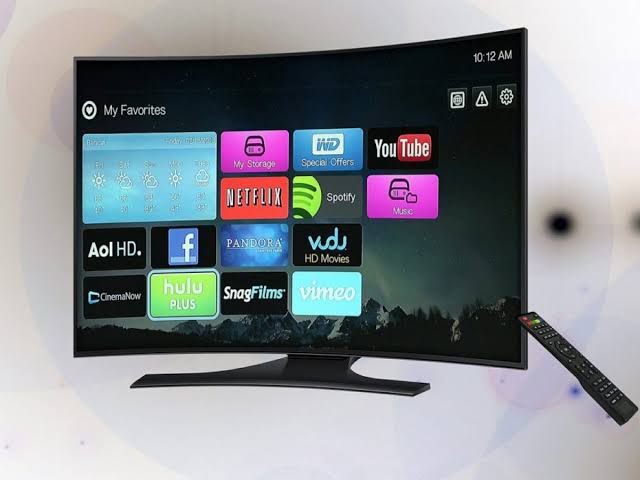The smartphone industry continues to push boundaries, with display technology emerging as one of the most competitive and innovative areas. As consumer expectations evolve, manufacturers are focusing on creating displays that are not only sharper and brighter but also more energy-efficient and adaptable to modern lifestyles. In 2025, several exciting global trends are expected to shape the future of smartphone screens, bringing new experiences to users.
Foldable and Rollable Displays
Foldable phones have already entered the mainstream, but the next wave will feature even more refined and durable designs. Manufacturers are working on slimmer foldable devices that reduce the crease effect while offering greater flexibility. Rollable displays are also expected to gain traction, allowing smartphones to expand their screen size without increasing their physical dimensions.
These innovations will enable users to switch between compact and tablet-sized displays seamlessly, making smartphones more versatile for entertainment, work, and multitasking.
MicroLED and OLED Advancements
OLED technology has dominated premium smartphones for years, but MicroLED displays are now being positioned as the next big step. MicroLEDs promise brighter screens, higher energy efficiency, and longer lifespans compared to OLED. They also reduce the risk of burn-in, making them ideal for prolonged use.
Meanwhile, OLED panels continue to evolve, with manufacturers introducing flexible and low-power variants that improve visual quality while conserving battery life. The competition between OLED and MicroLED will drive further innovation in display performance.
Higher Refresh Rates and Adaptive Displays
High refresh rate displays, once reserved for gaming phones, are becoming standard across flagship devices. In 2025, smartphones are expected to feature adaptive refresh rate technology that automatically adjusts based on activity. This means smoother gameplay and video playback while conserving battery power during less demanding tasks like reading or browsing.
These adaptive technologies will provide a balance between performance and efficiency, offering users fluid visuals without compromising battery longevity.
Under-Display Camera Integration
The pursuit of full-screen smartphones has fueled the development of under-display camera technology. While early versions struggled with clarity and image quality, new advancements are expected to significantly improve transparency and capture capabilities.
This trend will eliminate the need for notches or punch holes, giving users uninterrupted display experiences while still retaining front-facing cameras for selfies and video calls.
Enhanced Durability and Materials
Durability remains a key concern for smartphone users. In the coming years, display technology will incorporate stronger glass and self-healing materials designed to withstand scratches, drops, and daily wear. Ultra-thin glass layers combined with flexible substrates are being developed to improve resilience without sacrificing display quality.
These enhancements will not only extend the lifespan of smartphones but also make foldable and rollable devices more reliable for everyday use.
3D and Holographic Displays
Beyond flat visuals, researchers are experimenting with 3D and holographic displays that could bring depth and interactivity to smartphone screens. While still in early development, these technologies hold the potential to transform how users experience gaming, video calls, and augmented reality applications.
If successfully commercialized, holographic smartphones could become a game-changer in entertainment and professional communication.
Eco-Friendly Display Manufacturing
Sustainability is becoming a global priority, and smartphone makers are focusing on eco-friendly display production. Advances in recyclable materials, reduced energy consumption during manufacturing, and displays that consume less power are expected to become industry standards.
This trend will not only reduce environmental impact but also align with growing consumer demand for greener technology.
Conclusion
Smartphone display technology is advancing rapidly, with foldable and rollable screens, MicroLED innovations, under-display cameras, and adaptive refresh rates leading the charge. Durability improvements, holographic possibilities, and eco-friendly manufacturing will further shape the future of mobile devices.
As global competition among manufacturers intensifies, users can expect more immersive, efficient, and sustainable display experiences. These upcoming trends highlight how the smartphone screen, once a simple interface, is evolving into one of the most transformative aspects of modern mobile technology.




The smart evolving of smartphone display is a crucial and important to us all